Welcome friends, to part 3 of growing herbs at home...I hope you are enjoying these installments, I am having a great time sharing this information with you!
~Peace~
More Kitchen Herbs
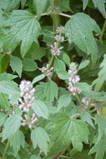
Motherwort (leonurus cardiaca)
Also Known As: No other names used
Uses: Once made into a tea it will help to treat heart palpitations and when taken regularly, strengthen the heart in general. This tea is a gentle sedative that will aid relaxation without the need for stronger sedation along with helping to reduce e fevers. It has also been used as a treatment for infertility.
Part Used: Whole herb
Taken As: Tea, infusion
Harvested: Late in summer
Shelf Life: 1-3 years
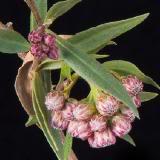
Mugwort (artemisia vulgaris)
Also Known As: Ai-ye, felon herb, St. John's plant
Uses: Take as an herbal tea to aid digestion and ease premenstrual cramps. A small cup of tea will help to ease depression and general tension especially when taken regularly.
Part Used: Leaves, stems, roots
Taken As: Herbal tea, infusion
Harvested: If drying the herb, the leaves should be collected in late summer and the roots in fall.
Shelf Life: 1-3 years if dried and stored properly
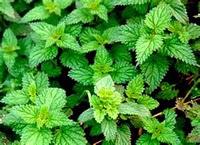
Nettle (urtica urens)
Also Known As: Common or small nettle, stinging nettle
Uses: Is an excellent source of vitamin C ; strengthens the immune system and is good at treating eczema especially in children. It has astringent properties that help stop nosebleeds and uterine bleeding. Its juice is used to ease the sting from its leaves.
Part Used: Flowers, leaves, shoots
Taken As: A tea or eaten. Steam or boil gently so that the stinging disappears.
Harvested: In summer
Shelf Life: 1-3 years
Oregano (origanum vulgare)
Uses: chewing oregano leaves, which are easily available from shops and supermarkets, is a perfect way to help relieve toothache. Oregano in an infusion or tea helps to ease both coughs and indigestion and can also bring on delayed periods.
Part Used: Leaves, stems
Taken As: A pleasant tasting cooking ingredient, an addition to salads, a tea, or made into an infusion.
Harvested: As needed from the mature plant.
Shelf Life: 1-3 years
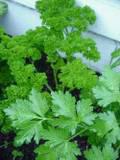
Parsley (petroselinum crispum)
Also Known As: Persil, devil's oatmeal.
Uses: A strong diuretic, helps strengthen the immune system as a source of iron calcium, and vitamins A, B and C; increases lactation in mothers; freshens breath if chewed raw.
Parts Used: Leaves stems, roots, seeds
Harvested: Leaves in early summer, roots in fall, seeds in the late summer of the next year.
Shelf Life: Leaves, stems and roots 1-3 years, seeds 3-4 years
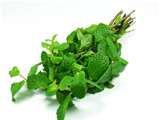
Peppermint (mentha x piperita)
Also Known As: Lamb mint, balm mint, or brandy mint.
Uses: Take as a tea for indigestion, colds and fevers, to help ease irritable bowel syndrome and to relieve headaches. The leaves or oil can also be used in the bath to ease itching skin conditions or in a soothing poultice or lotion for sweaty or sore feet.
Parts Used: Leaves , flowering tops
Taken As: Tea, poultice, oil. The oil is also used as a flavoring for food
Harvested: The flowers and leaves are harvested in summer, when the flowers are in full bloom
Shelf Life: 1-3 years
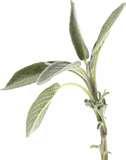
Sage (salvia pratensis)
Also Known As: Meadow clary, salvia
Uses: As a soothing , astringent skin lotion and aftershave. In tea it is a natural HRT treatment and eases colds and painful periods. Mix tea with cider vinegar as a gargle for sore throats and laryngitis. As a mouthwash to combat ulcers and gum infections. The juice can improve the shine of dark hair. Clary sage shares many of its characteristics and can be used instead.
Parts Used: Leaves, whole herb
Taken As: Tea, infusion
Harvested: As needed or, if drying , in summer
Shelf Life: 1-3 years
Spearmint (mentha spicata)
Also Known As: Mackerel mint, our lady's mint, sage of Bethlehem, green mint
Uses: In an infusion it is an antispasmodic, reduces fevers and inflammatory conditions and eases nausea and vomiting. In a tea sweetened with sugar, it's a good way to relieve indigestion and hiccuping in children.
Part Used: Leaves, The oil is often used as a strong flavoring in foods.
Taken As: Infusion, tea, flavoring in sweets.
Harvested: Use fresh as needed. If drying, harvest the leaves in mid to late summer.
Shelf Life: 1-3 years

